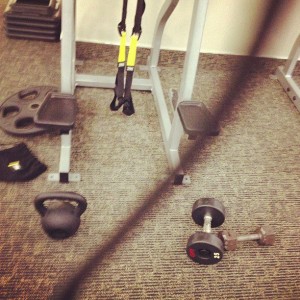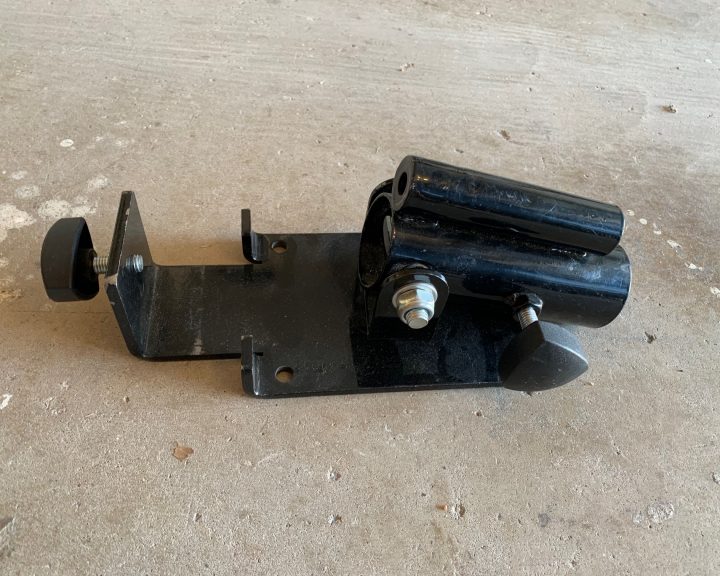Prioritize for Program Success
Today a strength and conditioning coach has way to many things that they have to develop. The internet and equipment companies don’t make this any easier because both things muddy the waters and distort what our athletes need. Today a strength and conditioning coach is expected to increase strength, improve power, develop speed and agility, work on core strength/endurance, develop mobility, increase muscle size (if necessary), educate athletes on nutrition, warm the athlete up for the sport, and prevent sport- and position-specific injuries.
If that list isn’t overwhelming enough, the strength and conditioning coach is expected to do this using barbells, bumper plates, dumbbells, kettlebells, heavy ropes, suspension training units, stability balls, balance tools, bands, chains, medicine balls, plyometrics, sleds, and foam rollers to name a few. All of this needs to be done in a setting where the entire team is working out at one time and should be done in less than a few hours a week.

Needless to say, this isn’t possible outside of a private facility. Many young coaches don’t realize this, so they waste a lot of energy and effort trying to address everything using all the equipment that I mentioned above. The result is often a well-meaning, unfocused program that does not address the athletes’ needs as well as it could.
With today’s blog, I’d like to talk about priotizing for success. Let me start with some of my philosophies, because these are going to impact any program design that I do:
- First, I think that strength and power have to be trained year round. That means they show up every week in my training programs.
- Second, some speed and agility needs to be incorporated year round. But, as we get closer to the season it needs to become a lot more sport-specific.
- Third, addressing the first two points does not require a great deal of exercises or time. If we’re working on it year round, then we don’t have to cram exercises in to address deficiencies.
- Fourth, link up training modes. For example, a heavy strength day makes a great day to work on acceleration. A power weight room day makes a great day to do plyometrics. Etc.
- Finally, each phase of training needs to have an emphasis.
Let me give you an example looking at high school basketball. We’re looking at somewhere around 20 games played between the months of November and January. With that in mind, I’d start the training year in February (i.e. after the previous season ends). Organization might look like:
- Phase One: February – May
- Phase Two: June – August
- Phase Three: September – October
- Phase Four: November – January
The table below shows a breakdown of the four phases. Now, I realize that Phase Two is the summer. It’s an expectation today for high school athletes to show up to summer strength and conditioning. It may not be a requirement, but it is an expectation and those athletes that do are ahead of those that don’t – especially when we consider that athletes have to earn spots on the varsity team…
| Phase One | Phase Two | Phase Three | Phase Four | |
| Focus | Foundation/ fundamentals:
Strength Power Speed and agility techniques
|
Strength/power:
Strength Power Resisted sprinting Agility |
Application:
Strength Power Speed and agility applied to sport |
Sport-specificity / Maintenance:
|
| Tools | Barbells
Plyometrics Speed/agility technique drills |
Barbells
Chains/Bands Plyometrics Sleds, other resisted sprint tools |
Barbells
Plyometrics Speed/Agility in game situations |
Complex training for strength/power
|
| Training sessions/week | 1 strength
1 power 1 hypertrophy 1 speed/ agility 1 plyometric
(note: session can be combined) |
2 strength
1 power 1 speed/agility 2 plyometric |
1 strength
1 power 2 speed/ agility 1-2 plyo |
2 strength /power/ plyometric
2 speed/ agility |
A few thoughts:
- You can’t train everything and you can’t use everything. Decide what your athletes need, decide what you are comfortable with, and work within what you have access to.
- The above isn’t a lot of work. One of the points here is that you don’t need a lot. Elite powerlifters need a lot, elite Olympic lifters need a lot. Most athletes that are using strength and conditioning for sports improvement don’t.



